

Max Davies
2026 GWM Haval Jolion review
3 Hours Ago
British Racing Green, Rosso Corsa and Bleu de France. These are famous colours used by several carmakers today, but why?

Contributor
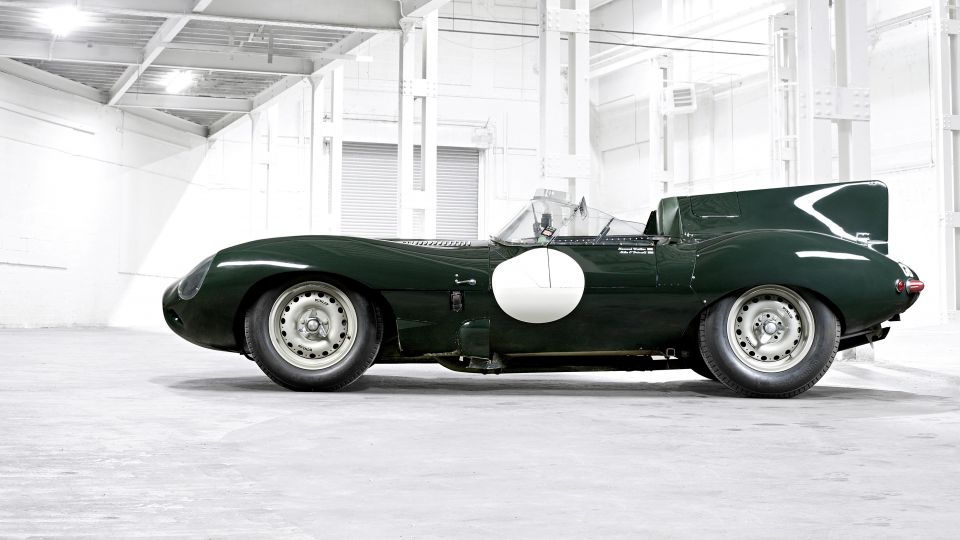

Contributor
Ferrari and Alfa Romeo. Picture any number of sports cars from either of these historic Italian brands, and the colour red immediately comes to mind.
Likewise, cars from iconic British brands such as Jaguar, Bentley, Aston Martin and Mini have all been offered with a distinct colour referred to as British Racing Green, while French brands such as Bugatti and Alpine are known to offer their models in a trademark shade of blue. What gives?
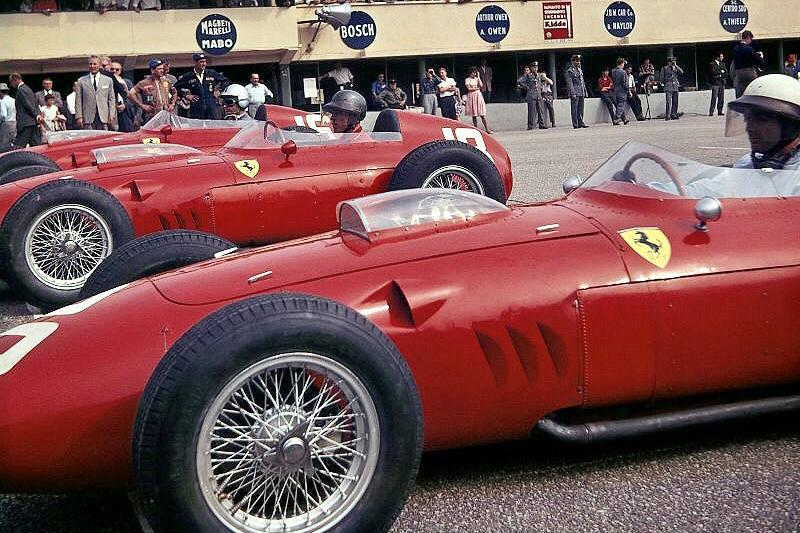
Names such as British Racing Green, Rosso Corsa (Italian for ‘racing red’) and Bleu de France (‘French blue’) all have their origins in early 20th century motorsport.
The 1968 Formula 1 season was the first to allow unrestricted sponsorships. Before then, Grand Prix and other professional motorsport races tended to not have significant levels of sponsorship, and this meant cars raced with unadorned, simple liveries consisting primarily of one dominant colour and the car’s number (often painted in a contrasting colour on a white or black circle).
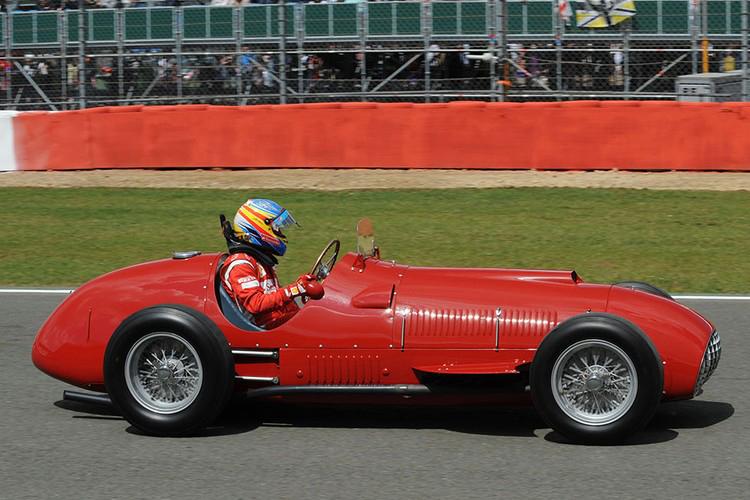
The colour signified the national origin of the racing team, and this system was first established by convention before being codified in directives issued by the FIA (the international governing body for motorsport).
Through Peugeot, Renault and Bugatti, France is host to three of the world’s oldest carmakers, and the country has a centuries long history of using blue as its national colour. France’s national soccer team is dressed in blue, and medieval France even used the fleur-de-lis on a blue background as its national flag.
It comes as no surprise then, that when wealthy American business magnate James Gordon Bennett, Jr. decided to organise a series of motor races pitting nations against each other to determine which country could make the fastest and most reliable car, the French team painted their cars in blue.
That started with the inaugural Gordon Bennett Cup in 1900 in France, which took place on public roads from Paris to Lyon. At the time, all parts had to be sourced from a single country, and a mechanic sat alongside the driver.
Competition rules stipulated that the nationality that won the race would get to host the following year’s event, and as the British had won the 1902 Cup (which was a race from Paris to Innsbruck, Austria), the following year’s event would be held in the UK.
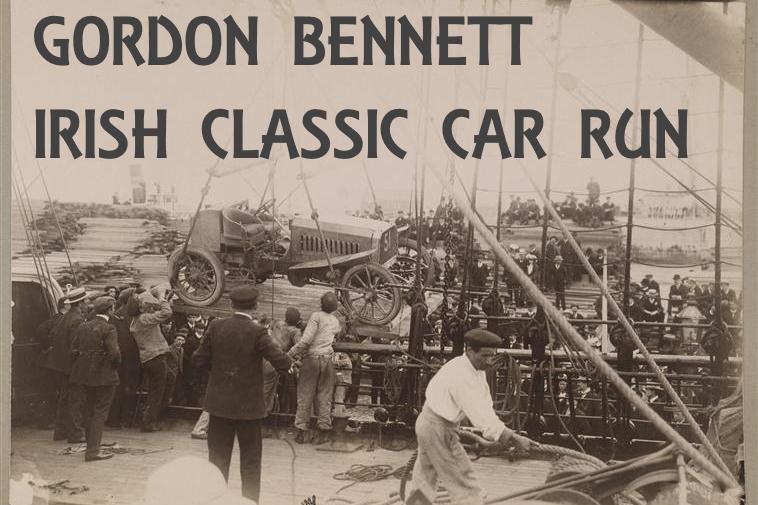
However, UK road rules at the time prevented cars from travelling faster than 12mph, and so the British decided to hold the event in Ireland. With the other colours of the Union Jack taken (America had red at the time and Germany decided to take white) and the British wanting to commemorate their Irish hosts, the team decided to paint their car shamrock green, a darker shade of which would eventually be known as the famed British Racing Green.
Rosso Corsa has a similarly enviable history rooted in motorsport, but the origins of this bright red colour lie not in the Gordon Bennett Cup, but in an endurance race that occurred a few years later in 1907.
Cars at this time were still popularly known as the horseless carriage, but that didn’t stop French newspaper Le Matin issuing an extremely ambitious challenge for participants to race almost 15,000 km from Peking (now Beijing) to Paris, all for a case of champagne (and of course national pride).
One of the participants was an Italian team led by royalty, Scipione Borghese, 10th prince of Sulmona. His car was painted red, apparently to reflect the blood and toil that went into preparing the car and would go into partaking in the event.
Regardless, despite making a detour off the planned route to attend a dinner in St. Petersburg held in his honour, the Italians managed to win the race. The result caused such a stir that all Italian racing vehicles thereafter tended to adopt a similar vibrant, bright red paint, whether made by Alfa Romeo, Ferrari, Maserati or another Italian marque. In time, this hue became known as Rosso Corsa.
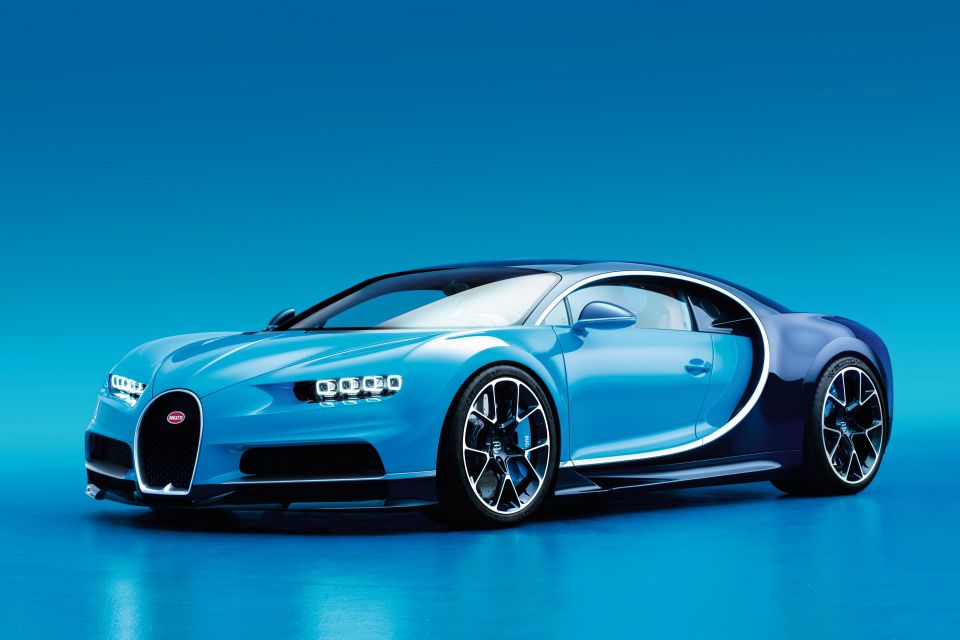
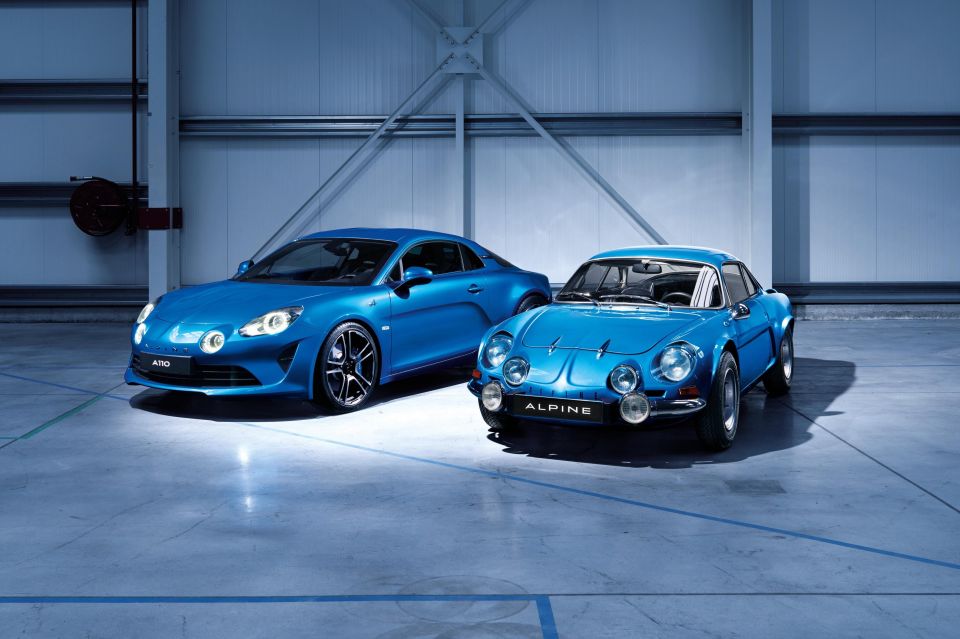
Bleu de France, Rosso Corsa and British Racing Green are still all used by various French, Italian and British brands, and often serve as the ‘hero’ colour for the launch of a flagship model.
For example, both the latest Alpine A110 and the Bugatti Chiron were revealed in a trademark shade of blue to denote their French heritage.
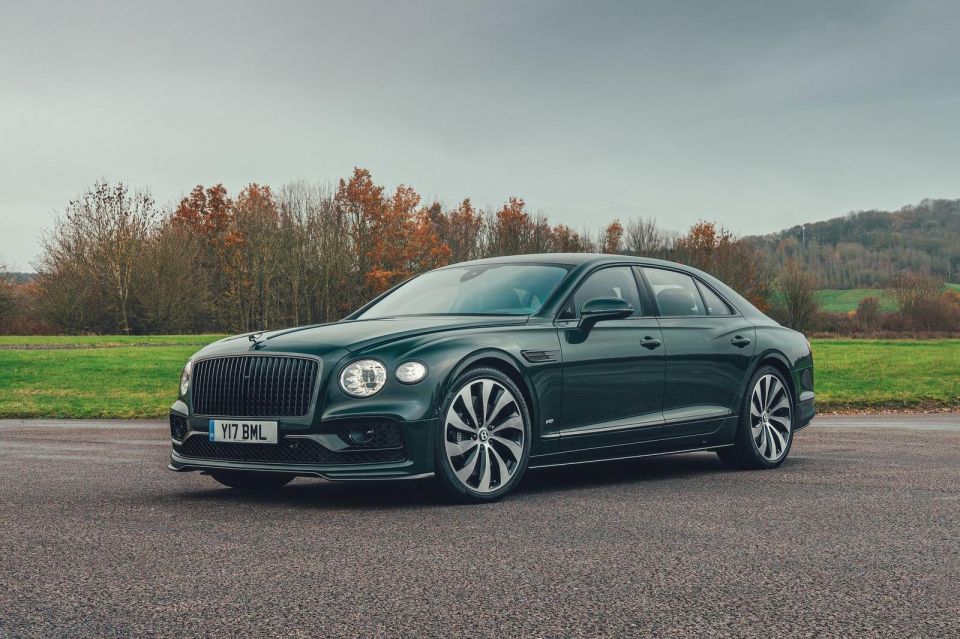
Whilst there are commonly accepted definitions of the type of shade that constitutes a colour like Rosso Corsa or British Racing Green, there is no rigid, universally accepted standard, giving carmakers some scope for creativity and flexibility in the specific hues they might use.
For example, while British Racing Green is traditionally accepted to be a dark green, Jaguar might use a slightly different shade to what is available on a Mini Cooper. Bentley, meanwhile, offers an entire palette of British Racing Green colours on its Continental GT and Flying Spur, spanning solid and metallic variants.
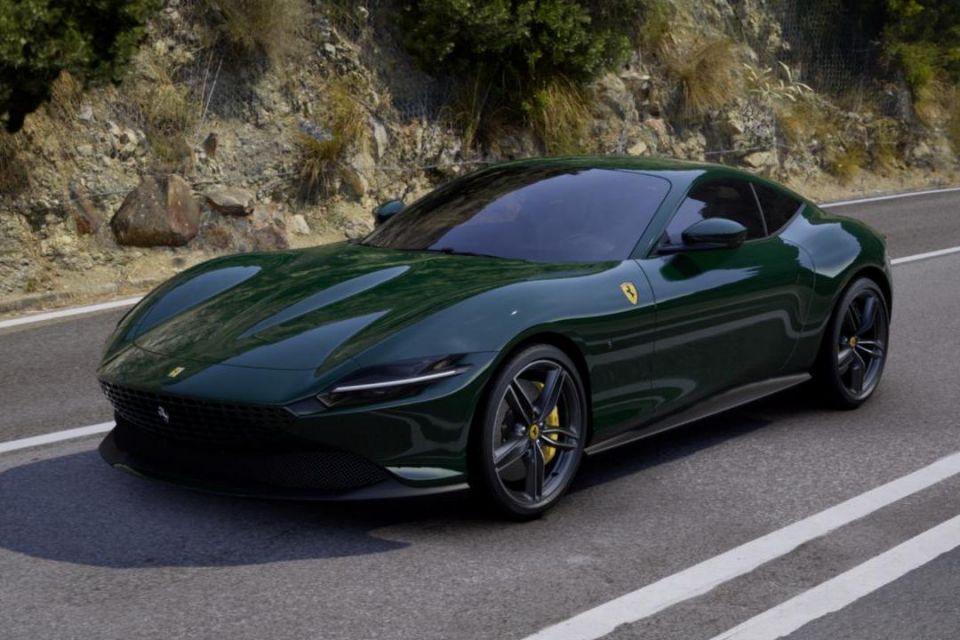
Although it may seem slightly disingenuous, the use of colours such as British Racing Green and Rosso Corsa is not restricted to British or Italian brands respectively.
For example, Ferrari offers the bluntly named ‘Verde British’ and ‘Blu Tour de France’ on various models, such as the new Roma.


Max Davies
3 Hours Ago


Damion Smy
11 Hours Ago
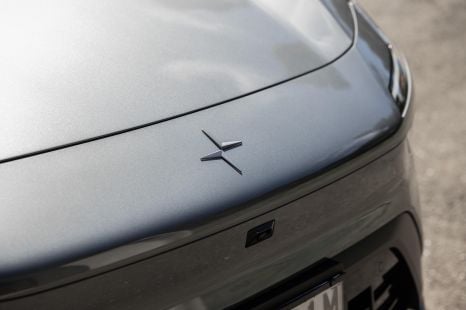

Damion Smy
12 Hours Ago


Damion Smy
14 Hours Ago
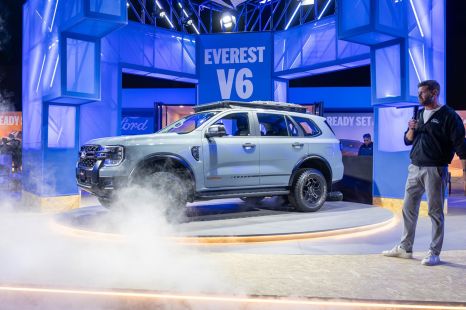

Damion Smy
16 Hours Ago


CarExpert.com.au
17 Hours Ago